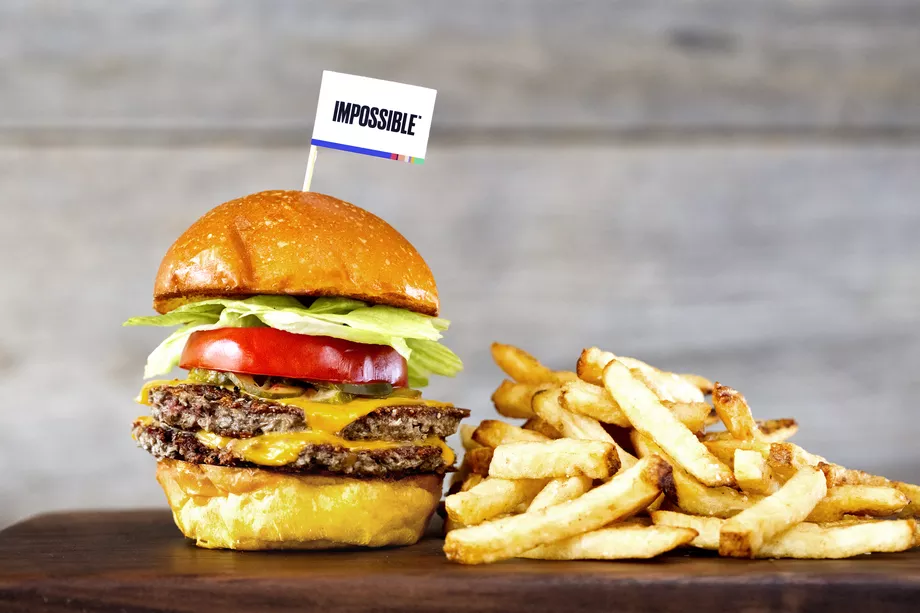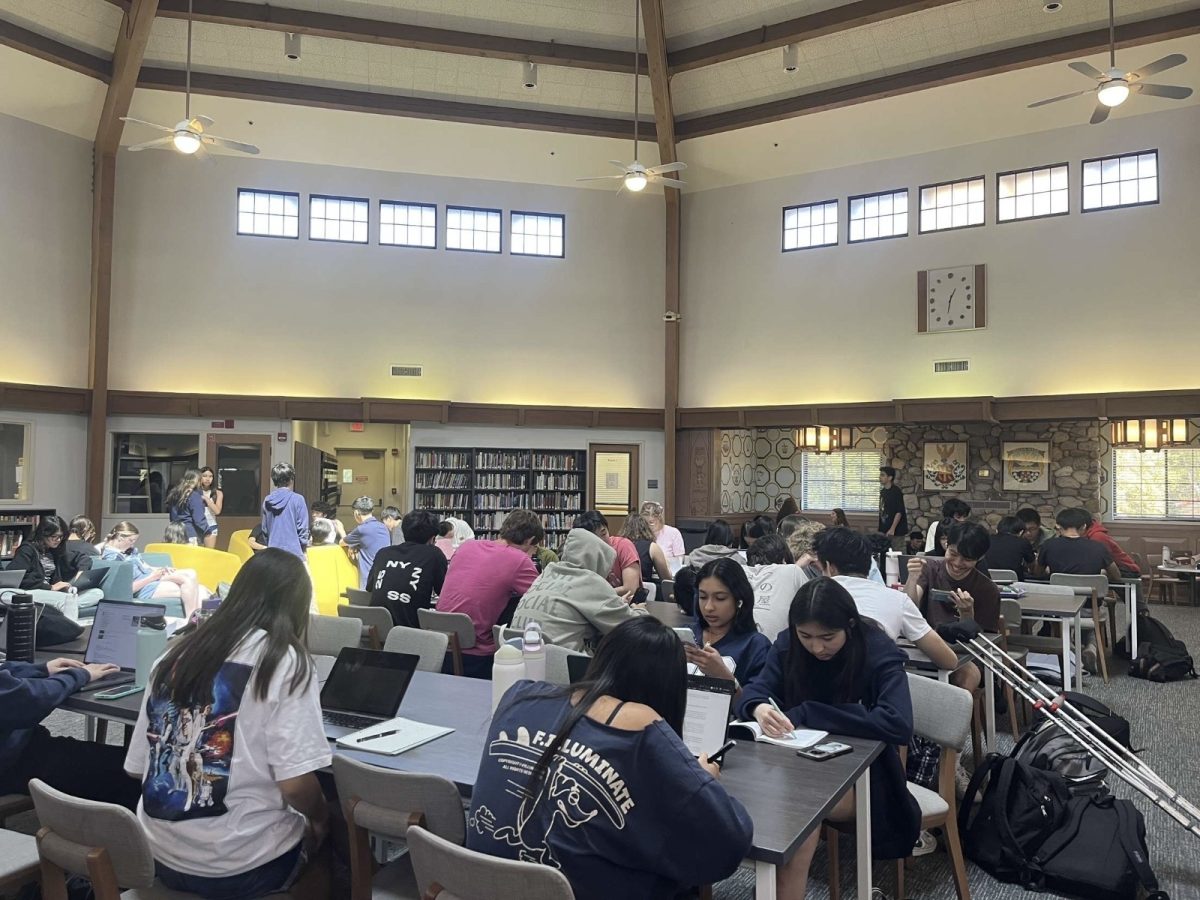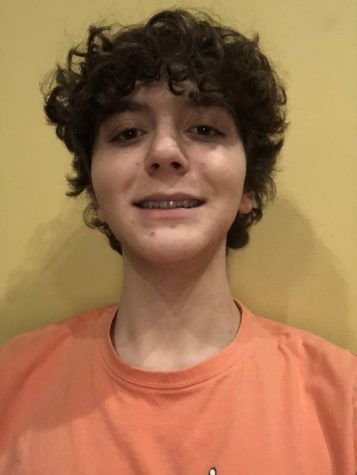Imagine being in burger-heaven, creamy cheddar cheese melts in your mouth as the juicy meat slides over your taste buds. The Impossible Burger is the classic cheeseburger that saves the environment while maintaining the taste of a true hamburger.
The shocking element is that the Impossible Burger has almost the same nutritional value as a normal burger. The Impossible Burger has lower fat and cholesterol than your average burger, but higher saturated fat (and salt). The reason why it has higher saturated fat would be to compensate for the attempts to make it more realistic to a real hamburger.
But what is it made of?
For those who are concerned that the Impossible Burger is made of foreign or otherwise harmful substances, here are some of its ingredients. Wheat and potato protein give the burger its chewy texture. If you take a look at the information for the burger, you may see an ingredient called heme. Heme is a protein makes your blood appear red and it carries oxygen through the blood. Heme may still sound like it comes from cows, making these “vegan burgers” fake, but the Impossible Burger gets its heme from plants. The Heme is what gives the Impossible Burger a true meat-like taste.
The creators of the Impossible Burger also discuss their binders Konjac and Xanthan. Konjac, high in fiber, is an herb used to thicken and add texture to food. Xanthan or Xanthan gum is an additive used to thicken food, and is known to lower cholesterol and blood sugar. Finally, all the fats that are in the patty come from coconut and soybean, making it healthier and superior to the average burger.
Being healthy is not the only benefit that the Impossible Burger provides because the Impossible Burger is also significantly more environmentally-friendly. According to Impossible Foods, the parent company of the Impossible Burger, when you consume a ¼ pound Impossible Burger you save water equivalent to a 10 minute shower; you conserve an equivalent of 18 hours of greenhouse gasses worth of driving, and save 75 square feet of land for wildlife.
Business Insider discovered that a normal ¼ pound burger uses 14.6 pounds of water, 13.5 pounds of feed (per cow), 64.5 square feet of land, and in total each cow leave four pounds for their total carbon footprint. And with each cow, the effect on the environment adds up.
Even meat eaters enjoy the meat-less burger. When Air New Zealand became the first airline to serve the Impossible Burger, it received a great deal of feedback. Nick Chave, an in-flight customer experience manager, said, “Feedback on the Impossible Burger has been really positive, with the burger proving at least as popular as any of the other burger options we’ve previously offered.”
However, the burger is completely different from lab grown meat. Lab grown meat is typically made from the cells of animals that are then replicated until a full patty is made. Even though both of these burgers are environmentally-friendly, the lab grown meat still involves the slaughtering of animals to be able to continue creating meat.
Sadly, the burger is not being sold in stores just yet but it has already debuted in different restaurants around the globe. In fact, the Madre Tierra Bar Restaurant in Upland offers the meat to its customers.
But what do Webb students think about the burger? As state previously earlier I will not be able to get the burger for students to try, but their main competitor, the Beyond Burger, is available for purchase. So can Webb students tell the difference between the Beyond Burger and a real burger?









